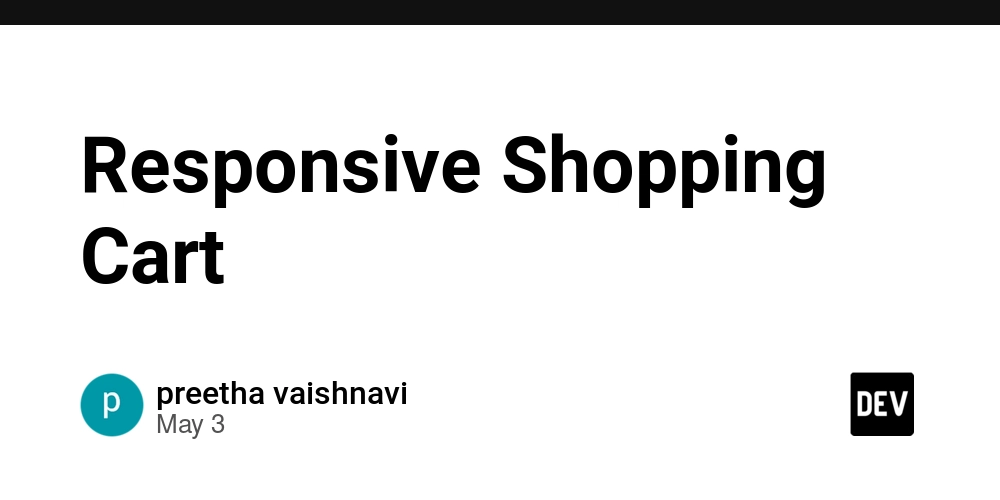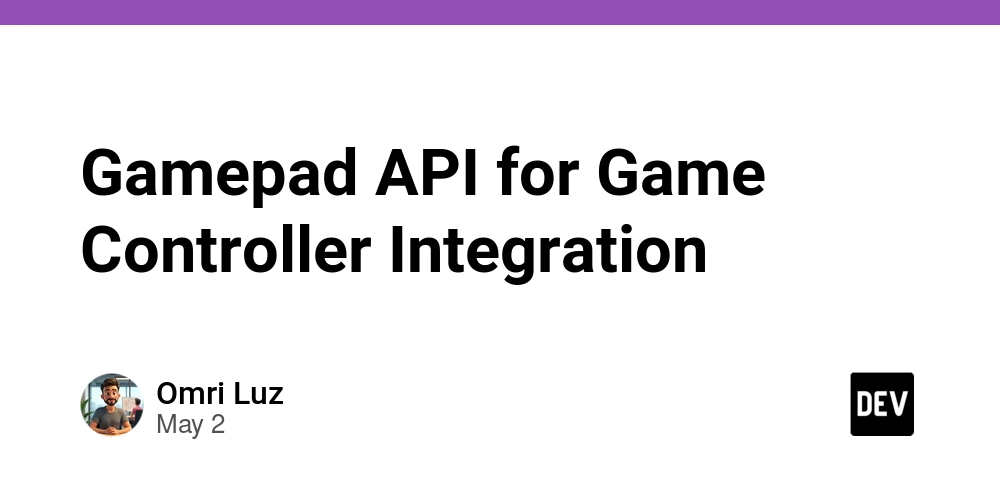Unveiling the Synergy: Open Source and Blockchain Revolution
Abstract: This post explores the powerful intersection of open source software and blockchain technology, two transformative innovations shaping our digital future. By diving into their history, core concepts, real-world applications, challenges, and future prospects, we unveil how their synergy is revolutionizing collaboration, transparency, security, and innovation. This detailed analysis includes expert insights, comparative tables, and curated links from leading authoritative sources and Dev.to posts, providing an accessible yet technical roadmap to understanding this revolution. Introduction Digital technology is evolving at an unprecedented pace. Open source software (OSS) and blockchain technology have emerged as two pillars of innovation in modern computing. OSS thrives on transparency, collaboration, and community contributions, while blockchain redefines security and decentralization through its distributed ledger system. As these paradigms merge, they create an ecosystem where trust, innovation, and democratized control can flourish. In this post, we explore this synergy, its applications, the challenges it faces, and the exciting future that awaits. Background and Context Open Source Software: A Collaborative Evolution Open source software is built around the idea that source code should be freely available for anyone to use, modify, and distribute. Projects like Linux, Apache, and Mozilla Firefox have not only pioneered free software movement but have also led to robust global communities. This democratized approach empowers developers across the globe, encourages transparency, and fuels rapid innovation. Blockchain Technology: A New Trust Model Blockchain technology, originally popularized as the backbone for Bitcoin, has evolved far beyond cryptocurrencies. It offers a decentralized, secure, and transparent way to record transactions that eliminate the need for trusted intermediaries. From secure digital identities and supply chain management to decentralized finance (DeFi) and smart contracts based on platforms like Ethereum and Hyperledger, blockchain is redefining traditional frameworks and paving the way to a trustless digital world. Ecosystem Context Historically, both open source and blockchain have benefited from collaborative development models. Open source projects have often set the groundwork for decentralized software, while blockchain's early implementations invited the community to inspect every line of code. This convergence creates a natural synergy wherein decentralized decision-making via smart contracts and open codebases enhances both transparency and trust across industries. Core Concepts and Features Key Attributes Comparison Below is a table that summarizes the pivotal differences and overlaps between open source software and blockchain technology: Attribute Open Source Software Blockchain Technology Synergistic Benefits Transparency Publicly available codebases promote review. Immutable ledger fosters verifiability. Enhanced trust through collective scrutiny and auditability. Decentralization Community-driven development. Distributed ledger removes intermediaries. Democratized control and reduced central authority. Security Peer review and bug bounty programs enhance safety. Cryptography ensures secure transactions. Combined security measures lead to robust, tamper-proof systems. Collaboration Open contribution sets encourage broad participation. Consensus mechanisms require collective agreement. Accelerated innovation through shared knowledge. Scalability Modular design and community support drive growth. Ongoing efforts to address scalability issues through layer-two solutions. Open source collaboration can solve blockchain performance challenges. Core Concepts Open Source Software (OSS): Transparency: OSS invites global developers to examine and improve the code. Collaboration: The open model fosters innovation through community contributions. Diversity: A wide array of contributors drives ideas from multiple perspectives. Blockchain Technology: Decentralization: Eliminates the need for a centralized authority, reducing single points of failure. Security: Uses cryptographic techniques and consensus algorithms to validate transactions. Immutability: Once data is recorded on the blockchain, it is nearly impossible to alter, ensuring integrity. Synergy: The merger of these frameworks leverages the collaborative and transparent nature of OSS with the secure, decentralized features of blockchain. For instance: Smart Contracts: Openly available codebases ensure smart contracts are secure and reliable as they are open to audits and community improvement. Decentralized Applications (dApps): Platforms like Ethereum and projects managed under Hyperledger encourage developers to build secure dApps with community input, taking ad
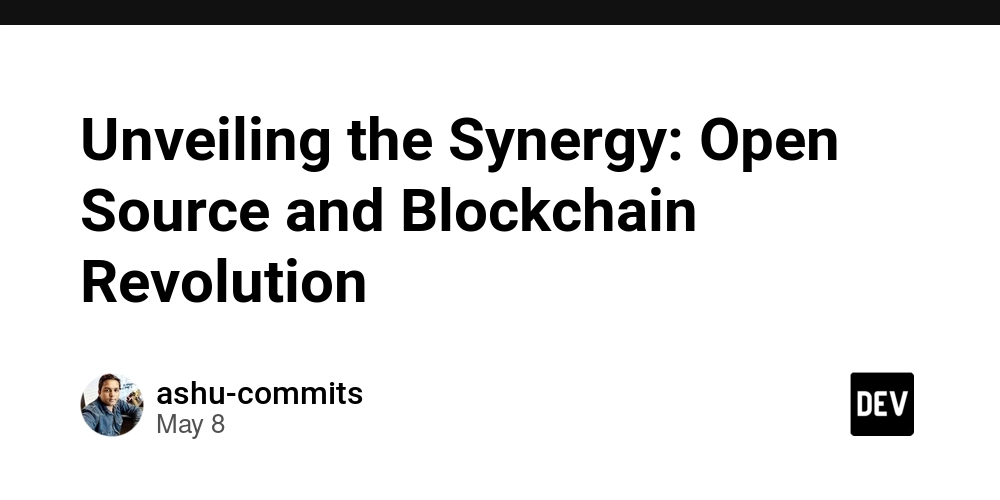
Abstract:
This post explores the powerful intersection of open source software and blockchain technology, two transformative innovations shaping our digital future. By diving into their history, core concepts, real-world applications, challenges, and future prospects, we unveil how their synergy is revolutionizing collaboration, transparency, security, and innovation. This detailed analysis includes expert insights, comparative tables, and curated links from leading authoritative sources and Dev.to posts, providing an accessible yet technical roadmap to understanding this revolution.
Introduction
Digital technology is evolving at an unprecedented pace. Open source software (OSS) and blockchain technology have emerged as two pillars of innovation in modern computing. OSS thrives on transparency, collaboration, and community contributions, while blockchain redefines security and decentralization through its distributed ledger system. As these paradigms merge, they create an ecosystem where trust, innovation, and democratized control can flourish. In this post, we explore this synergy, its applications, the challenges it faces, and the exciting future that awaits.
Background and Context
Open Source Software: A Collaborative Evolution
Open source software is built around the idea that source code should be freely available for anyone to use, modify, and distribute. Projects like Linux, Apache, and Mozilla Firefox have not only pioneered free software movement but have also led to robust global communities. This democratized approach empowers developers across the globe, encourages transparency, and fuels rapid innovation.
Blockchain Technology: A New Trust Model
Blockchain technology, originally popularized as the backbone for Bitcoin, has evolved far beyond cryptocurrencies. It offers a decentralized, secure, and transparent way to record transactions that eliminate the need for trusted intermediaries. From secure digital identities and supply chain management to decentralized finance (DeFi) and smart contracts based on platforms like Ethereum and Hyperledger, blockchain is redefining traditional frameworks and paving the way to a trustless digital world.
Ecosystem Context
Historically, both open source and blockchain have benefited from collaborative development models. Open source projects have often set the groundwork for decentralized software, while blockchain's early implementations invited the community to inspect every line of code. This convergence creates a natural synergy wherein decentralized decision-making via smart contracts and open codebases enhances both transparency and trust across industries.
Core Concepts and Features
Key Attributes Comparison
Below is a table that summarizes the pivotal differences and overlaps between open source software and blockchain technology:
| Attribute | Open Source Software | Blockchain Technology | Synergistic Benefits |
|---|---|---|---|
| Transparency | Publicly available codebases promote review. | Immutable ledger fosters verifiability. | Enhanced trust through collective scrutiny and auditability. |
| Decentralization | Community-driven development. | Distributed ledger removes intermediaries. | Democratized control and reduced central authority. |
| Security | Peer review and bug bounty programs enhance safety. | Cryptography ensures secure transactions. | Combined security measures lead to robust, tamper-proof systems. |
| Collaboration | Open contribution sets encourage broad participation. | Consensus mechanisms require collective agreement. | Accelerated innovation through shared knowledge. |
| Scalability | Modular design and community support drive growth. | Ongoing efforts to address scalability issues through layer-two solutions. | Open source collaboration can solve blockchain performance challenges. |
Core Concepts
Open Source Software (OSS):
- Transparency: OSS invites global developers to examine and improve the code.
- Collaboration: The open model fosters innovation through community contributions.
- Diversity: A wide array of contributors drives ideas from multiple perspectives.
Blockchain Technology:
- Decentralization: Eliminates the need for a centralized authority, reducing single points of failure.
- Security: Uses cryptographic techniques and consensus algorithms to validate transactions.
- Immutability: Once data is recorded on the blockchain, it is nearly impossible to alter, ensuring integrity.
Synergy:
The merger of these frameworks leverages the collaborative and transparent nature of OSS with the secure, decentralized features of blockchain. For instance:
- Smart Contracts: Openly available codebases ensure smart contracts are secure and reliable as they are open to audits and community improvement.
- Decentralized Applications (dApps): Platforms like Ethereum and projects managed under Hyperledger encourage developers to build secure dApps with community input, taking advantage of both OSS and blockchain standards.
Applications and Use Cases
The intersection of open source and blockchain unlocks powerful use cases across multiple sectors:
Supply Chain Transparency
Blockchain and open source software have together provided enhanced traceability for supply chains. Projects built on platforms like Hyperledger track goods from origin to destination, ensuring ethical sourcing and product authenticity. Key benefits include:
- Real-time tracking
- Immutable records of transactions
- Community auditing for improved reliability
Identity Management
Self-sovereign identity systems, such as those based on platforms like Sovrin, leverage open source contributions to ensure data privacy and portability. Blockchain’s decentralized ledger supports secure identity verification, reducing the risk of identity theft.
Financial Services and Decentralized Finance (DeFi)
Decentralized finance is built on open source protocols that remove the need for traditional intermediaries. DeFi platforms like Aave and Uniswap empower users with:
- Peer-to-peer transactions
- Transparent financial operations
- Global accessibility
The synergy here is evident: open source principles facilitate trust in smart contracts, while blockchain technology ensures decentralized and secure financial transactions.
Additional Practical Cases
- Licensing and Compliance: Open source licensing models are evolving with blockchain applications, ensuring transparent compliance and enforcement of software licenses. Explore more about these evolving models in Open Source Licensing Models on Blockchain.
- Sustainability Funding: Innovative projects now use tokenization to fund open source projects sustainably, driving financial independence for developers. Read insights on Sustainability of Open Source through Tokenization.
Challenges and Limitations
While the relationship between OSS and blockchain offers many advantages, several challenges persist:
Scalability:
Blockchain networks often struggle with high transaction volumes. Collaborative efforts in the open source community are spearheading solutions like layer-two scaling protocols to mitigate these issues.Governance:
Both systems cherish decentralization but creating effective governance structures is challenging. Balancing democratic decision-making while preventing fragmentation requires innovative, community-driven frameworks.-
Regulatory Compliance:
Navigating a complex global regulatory landscape is critical. Open source communities can play a role in establishing compliance best practices for blockchain implementations.- Bullet List of Regulatory Considerations:
- Data privacy laws
- Financial regulations
- Intellectual property rights These require coordinated efforts among developers, legal advisors, and regulators.
Security Vulnerabilities:
While open source allows for widespread code review, coordinating prompt remediation of vulnerabilities is a challenge. Bug bounty programs and community-led audits are vital in mitigating emerging threats.Interoperability:
Integrating diverse blockchain platforms with open source frameworks requires standardized protocols. Projects like the InterBlockchain Communication protocol (IBC) are paving the way, yet complete interoperability remains a work in progress.
Future Outlook and Innovations
The integration of open source software and blockchain technology is poised for continued expansion, driven by several trends:
Emergence of Decentralized Autonomous Organizations (DAOs)
DAOs are built on the principles of transparency and community governance. They use smart contracts, underpinned by open source code, to include community members in decision-making. This model is democratizing how projects are managed and funded.
Enhanced Tooling and Ecosystem Growth
Developers are continuously creating innovative tools to monitor, test, and deploy blockchain solutions. Open source libraries, frameworks, and SDKs are being introduced that streamline blockchain application development. These tools will likely lower barriers to entry and speed up project deployments.
Cross-Industry Integration
As industries such as healthcare, education, and logistics begin embracing blockchain for transparency and efficiency, the role of open source in speeding up technological adoption will be ever more critical. Standards and protocols will be refined through community input, ensuring that these innovations are widely accessible.
Innovations in Funding and Incentives
New funding models, including crypto token rewards and blockchain-based sponsorships, are emerging as sustainable ways to support open source development. These novel approaches combine financial incentives with community-driven projects, ensuring a continuous cycle of innovation and improvement.
Collaboration with Traditional Institutions
Institutions such as IBM are investing in blockchain open source projects (Open Source on IBM Blockchain). This collaboration bridges the gap between legacy systems and disruptive blockchain applications, paving the way for a hybrid future where innovation meets stability.
Dev.to Insights
Industry experts on Dev.to are sharing valuable insights that further illustrate these developments. For example, you might find thought-leadership in posts like:
- Unlocking the Power of Blockchain Data with the Hedera Mirror Node Java Client
- Investing in Open Source: A Strategic Move for the Future
- Funding Open Source Software – Sustaining the Backbone of Modern Digital Innovation
These posts reinforce the idea that the blend of open source and blockchain isn’t merely a passing trend but a foundational shift in technology and funding paradigms.
Summary
The synergy between open source software and blockchain technology represents a transformative shift in how we build, govern, and secure digital systems. By combining the transparency, collaboration, and rapid innovation of OSS with the security, decentralization, and immutable data ledgers of blockchain, we unlock new avenues for building resilient and transparent ecosystems.
Key Takeaways:
- Transparency and Collaboration: The open source model combined with blockchain’s immutable record-keeping promotes trust and community-driven innovation.
- Decentralization: Both paradigms decentralize control, enabling a democratized approach to decision-making in systems like DAOs.
- Security and Scaling: Open source contributions enhance blockchain security through peer reviews and bug bounty programs, while collaboration addresses scalability challenges.
- Innovative Applications: Fields such as supply chain management, identity verification, and decentralized finance are already witnessing the benefits of this integration.
- Future Prospects: With emerging trends like DAOs, cross-industry integration, and novel funding models, the future of combined open source and blockchain looks promising.
For a detailed look into the original discussion on the synergy between these technologies, check out the Original Article.
Additional Resources and Further Reading
- Understanding Open Source: Learn more about the fundamentals of OSS at Open Source on Opensource.com.
- Blockchain Explained: Deep dive into blockchain technology with resources from IBM Blockchain.
- Collaborative Funding Models: Explore modern funding mechanisms with emerging approaches in open source and blockchain at Gitcoin Grants.
Bullet List of Recommended Actions:
- Stay updated: Follow Dev.to posts and authoritative blogs.
- Engage with communities: Join blockchain and open source forums to participate in discussions.
- Experiment: Contribute to open source projects and explore blockchain-based applications.
- Audit and Innovate: Take advantage of bug bounty programs and community code reviews to enhance security.
Conclusion
The convergence of open source software and blockchain technology is not just a technical evolution but a paradigm shift towards a more transparent, secure, and innovative digital future. Their synergy paves the way for decentralized applications, improved security protocols, and innovative funding models that make technology accessible for all. As challenges like scalability and regulatory compliance continue to be addressed through community efforts and technological innovations, the powerful collaboration between these two fields will undoubtedly lead to transformative impacts across multiple industries.
Embracing this change means acknowledging the importance of transparency in software development and the potential of decentralized systems to redefine trust in our digital era. Whether you are a developer looking to contribute, an entrepreneur ready to innovate, or an enthusiast keen on following technology trends, the fusion of open source and blockchain holds valuable insights and opportunities.
Let’s continue this journey of collaborative innovation, keeping our focus on building a future where technology serves the common good. By leveraging the power of community, decentralized governance, and open collaboration, we can shape an ecosystem where every participant is empowered to create, secure, and benefit from revolutionary technological advancements.
Happy coding and exploring the future of technology!






















































-Reviewer-Photo-SOURCE-Julian-Chokkattu-(no-border).jpg)



















































































































![[The AI Show Episode 146]: Rise of “AI-First” Companies, AI Job Disruption, GPT-4o Update Gets Rolled Back, How Big Consulting Firms Use AI, and Meta AI App](https://www.marketingaiinstitute.com/hubfs/ep%20146%20cover.png)













































































































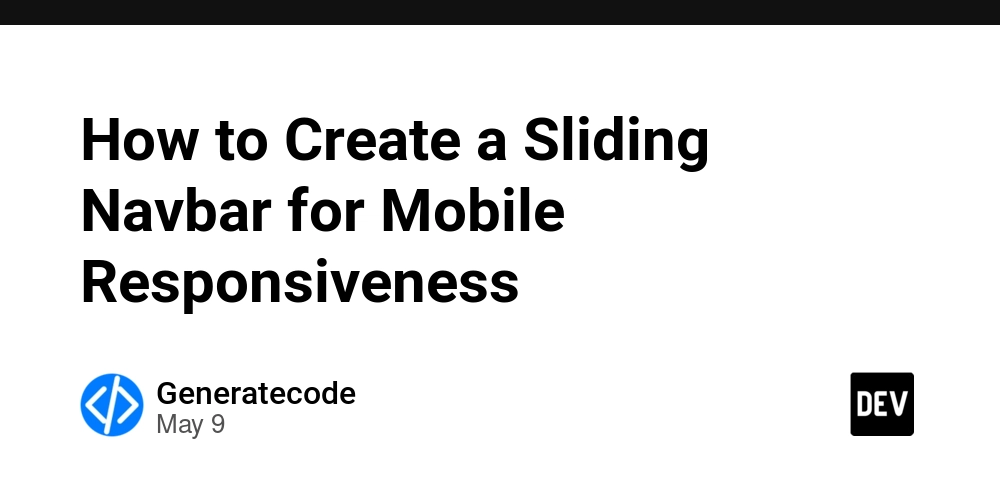
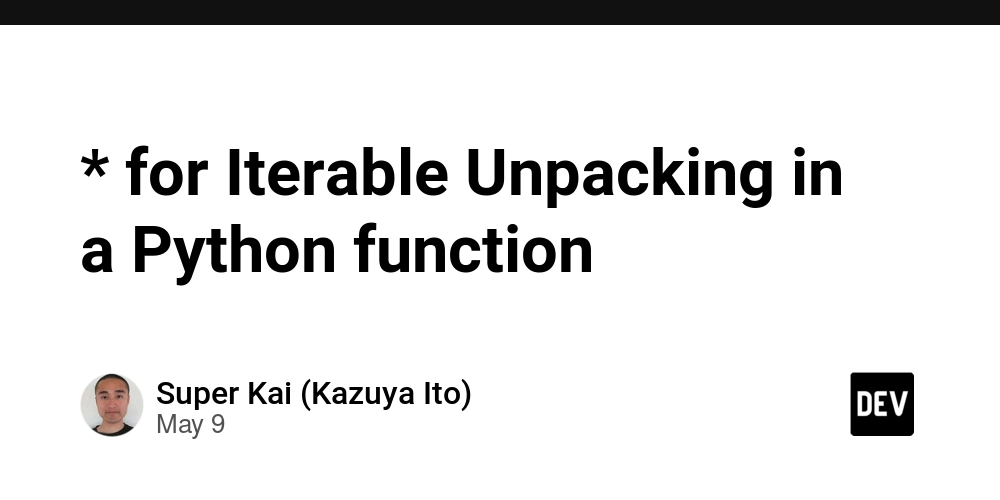















![Life in Startup Pivot Hell with Ex-Microsoft Lonewolf Engineer Sam Crombie [Podcast #171]](https://cdn.hashnode.com/res/hashnode/image/upload/v1746753508177/0cd57f66-fdb0-4972-b285-1443a7db39fc.png?#)




























































.jpg?width=1920&height=1920&fit=bounds&quality=70&format=jpg&auto=webp#)































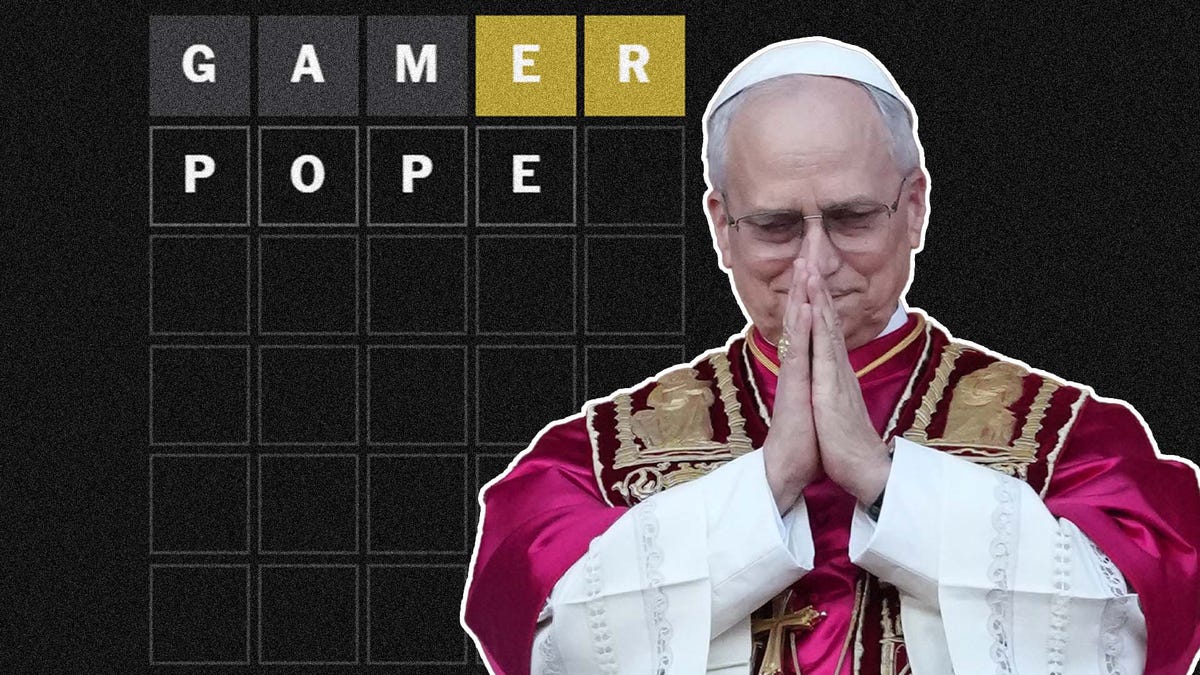




















-Nintendo-Switch-2-Hands-On-Preview-Mario-Kart-World-Impressions-&-More!-00-10-30.png?width=1920&height=1920&fit=bounds&quality=70&format=jpg&auto=webp#)

























_Andrey_Khokhlov_Alamy.jpg?width=1280&auto=webp&quality=80&disable=upscale#)


_Aleksey_Funtap_Alamy.jpg?width=1280&auto=webp&quality=80&disable=upscale#)











































































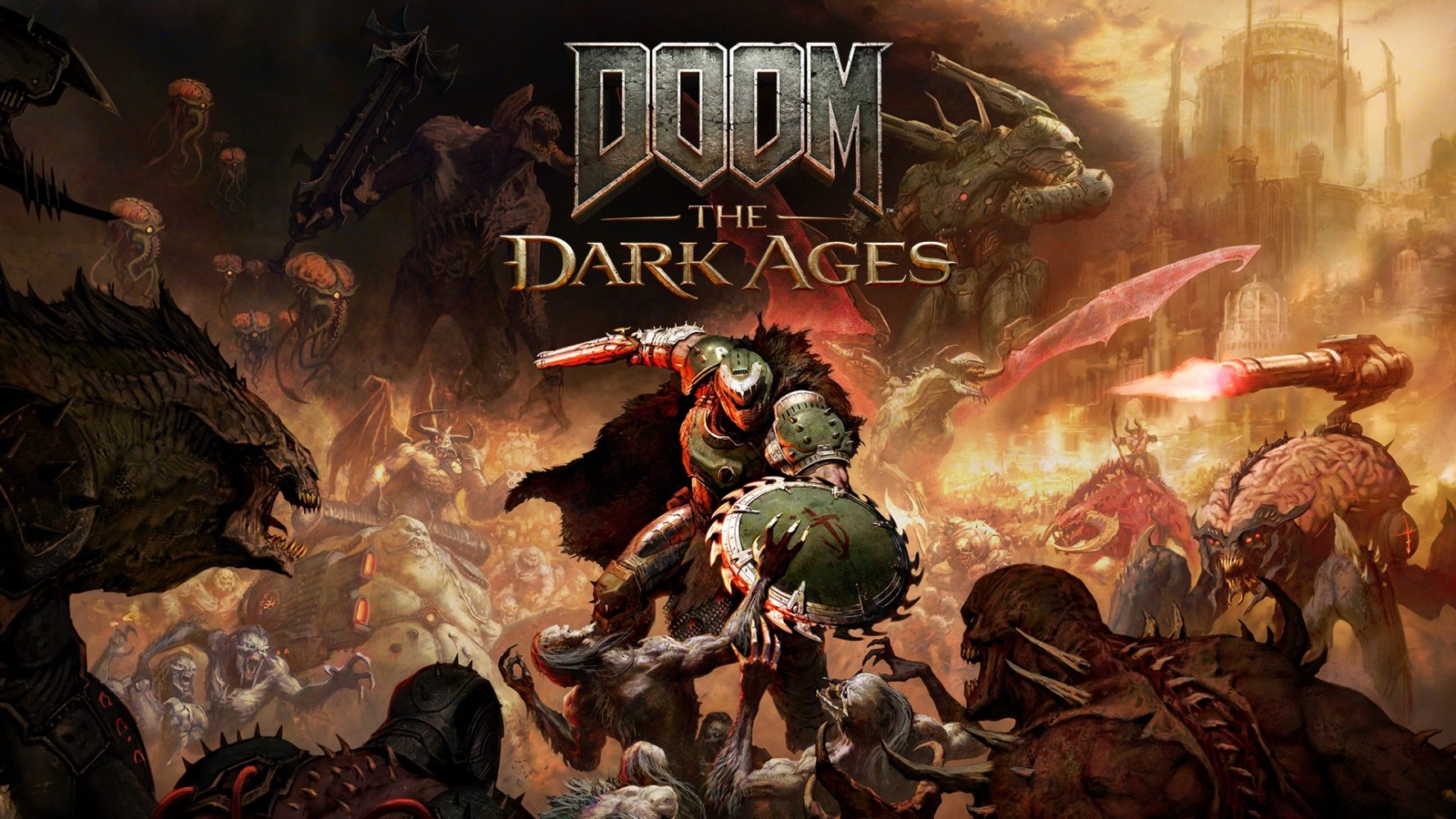





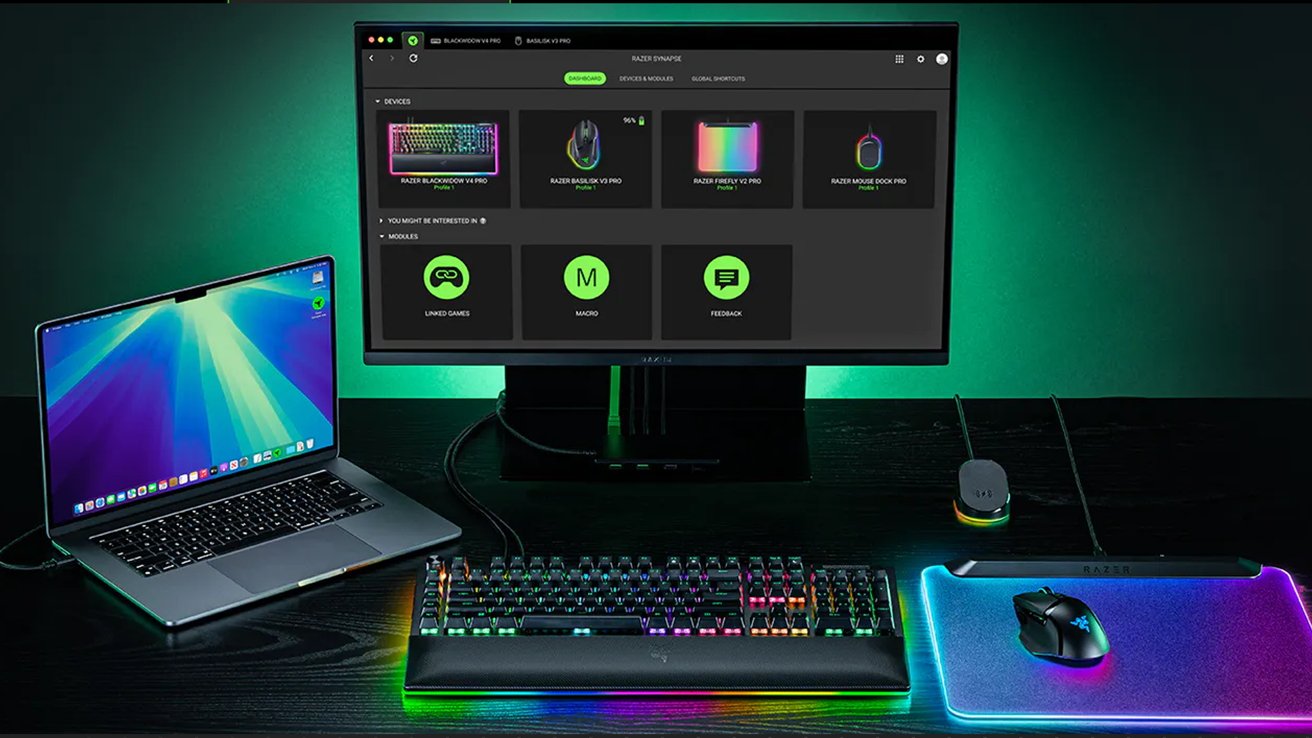

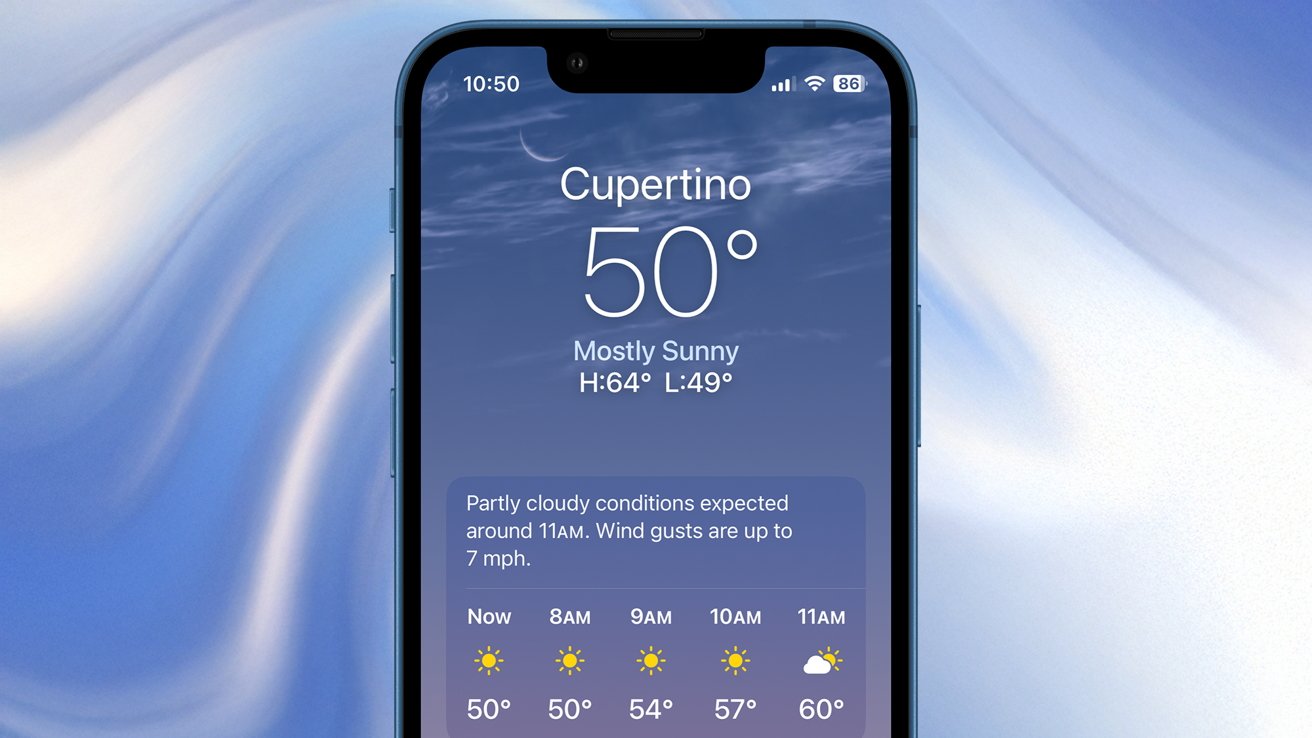























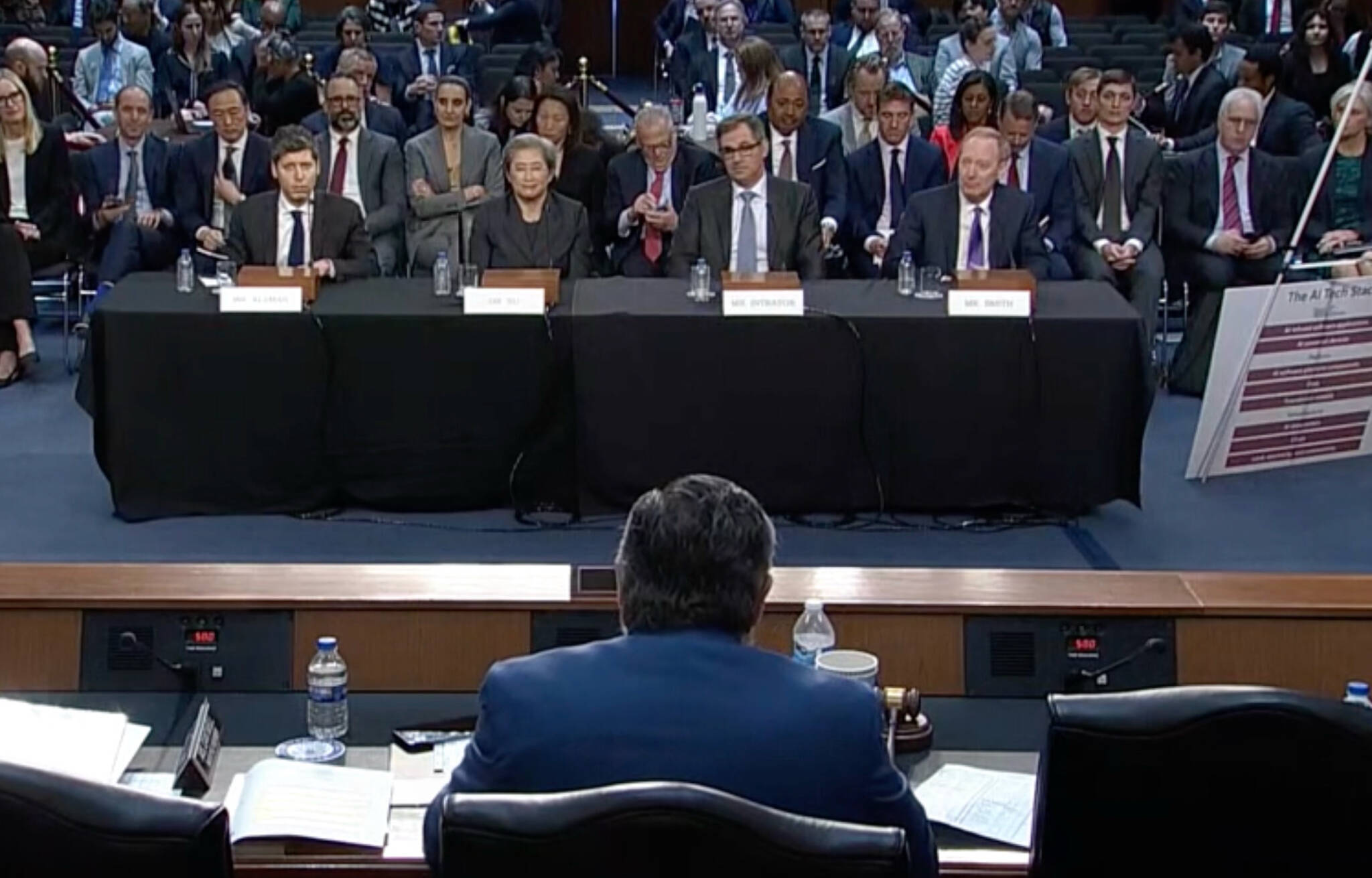



![Apple Foldable iPhone to Feature New Display Tech, 19% Thinner Panel [Rumor]](https://www.iclarified.com/images/news/97271/97271/97271-640.jpg)
![Apple Developing New Chips for Smart Glasses, Macs, AI Servers [Report]](https://www.iclarified.com/images/news/97269/97269/97269-640.jpg)
![Apple Shares New Mother's Day Ad: 'A Gift for Mom' [Video]](https://www.iclarified.com/images/news/97267/97267/97267-640.jpg)





































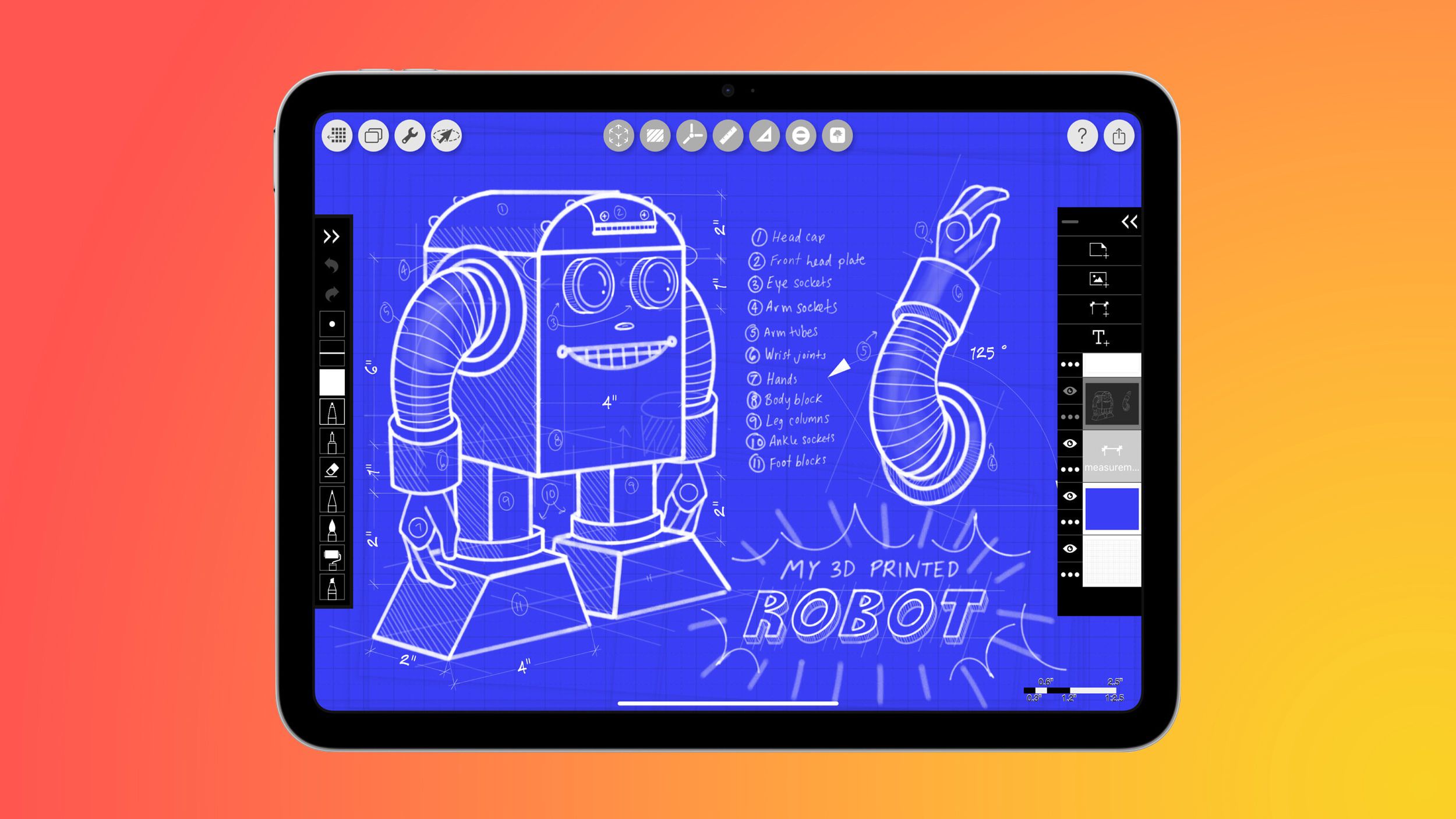
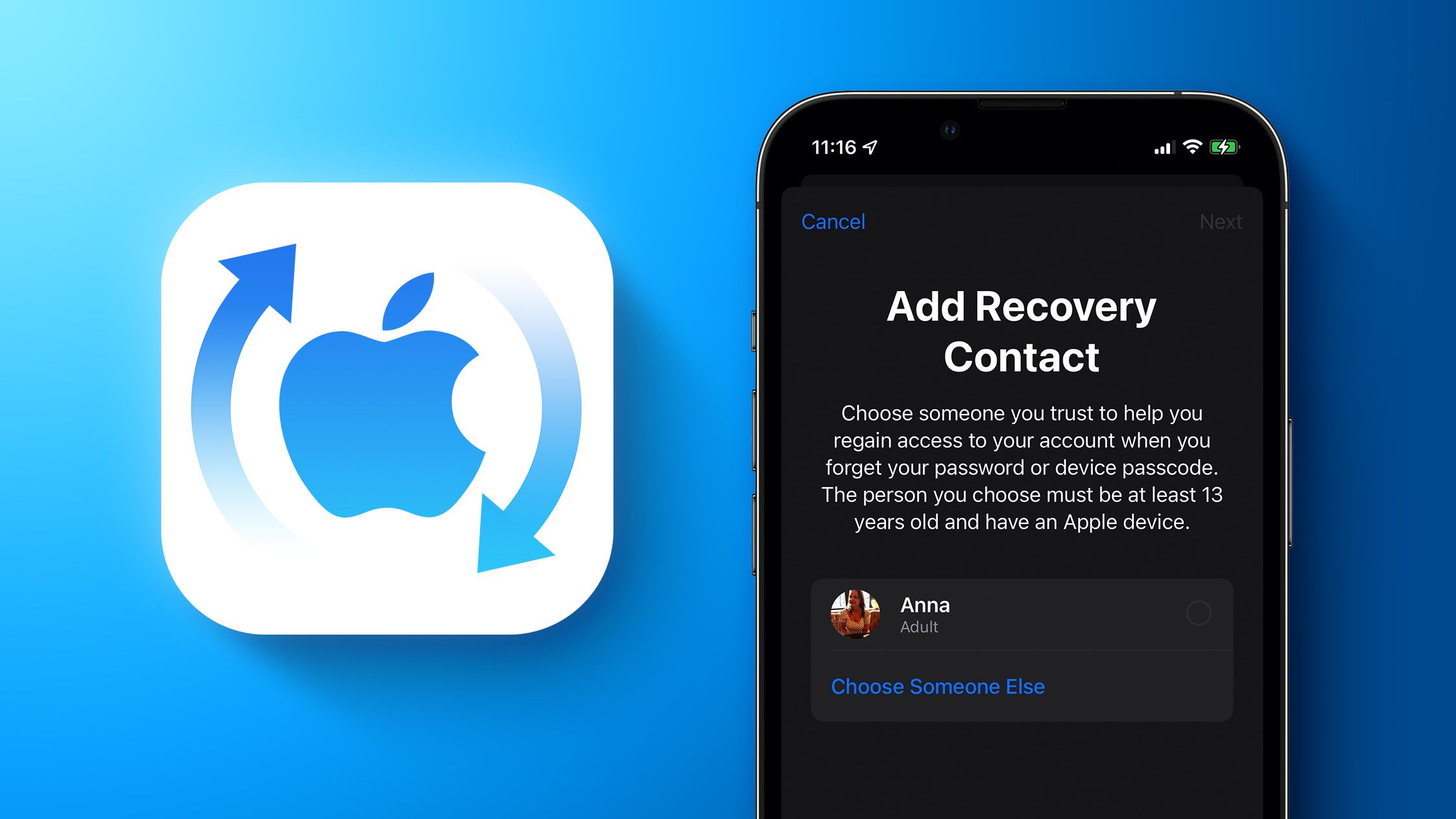





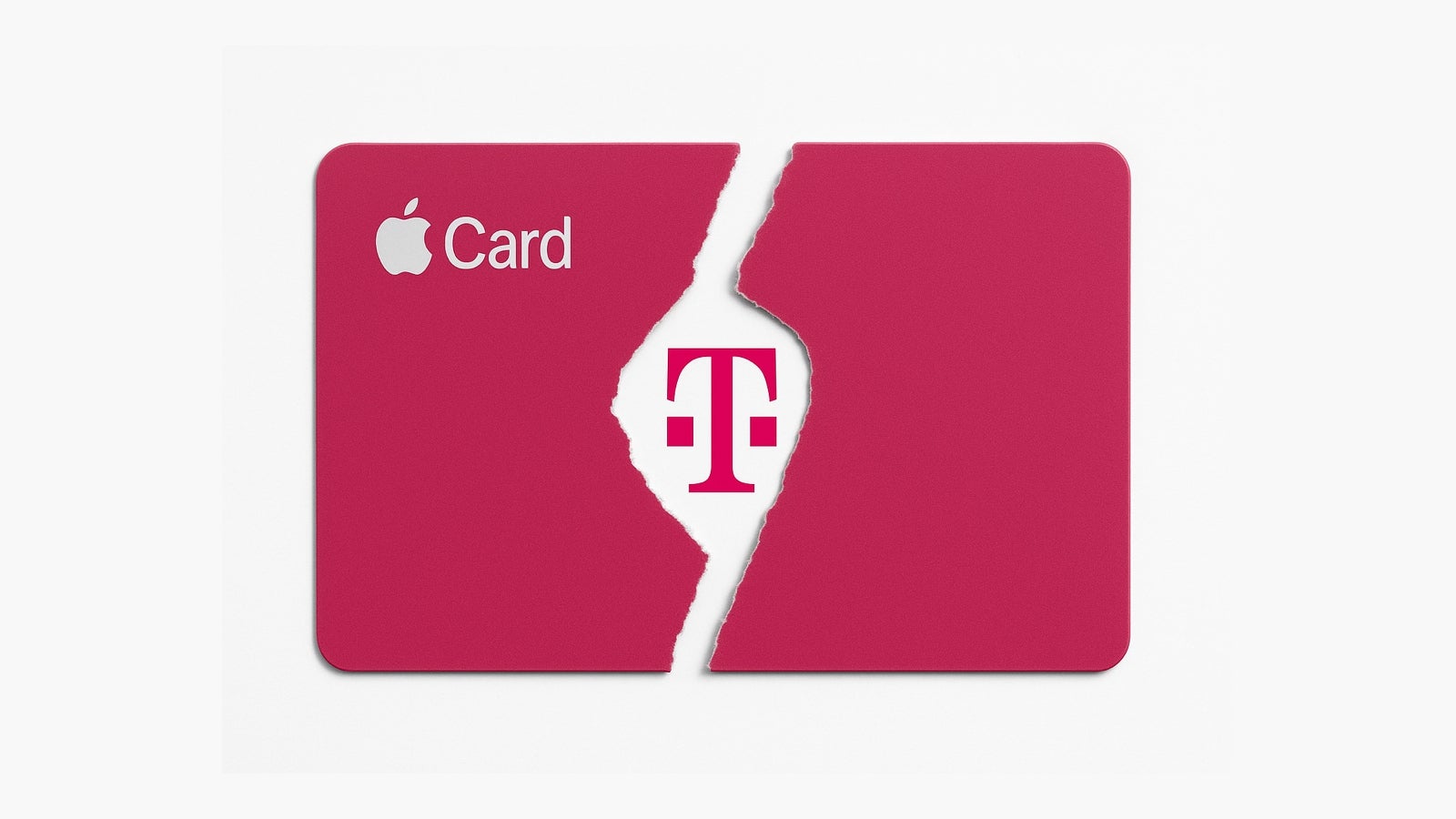






















![[Weekly funding roundup May 3-9] VC inflow into Indian startups touches new high](https://images.yourstory.com/cs/2/220356402d6d11e9aa979329348d4c3e/WeeklyFundingRoundupNewLogo1-1739546168054.jpg)



























